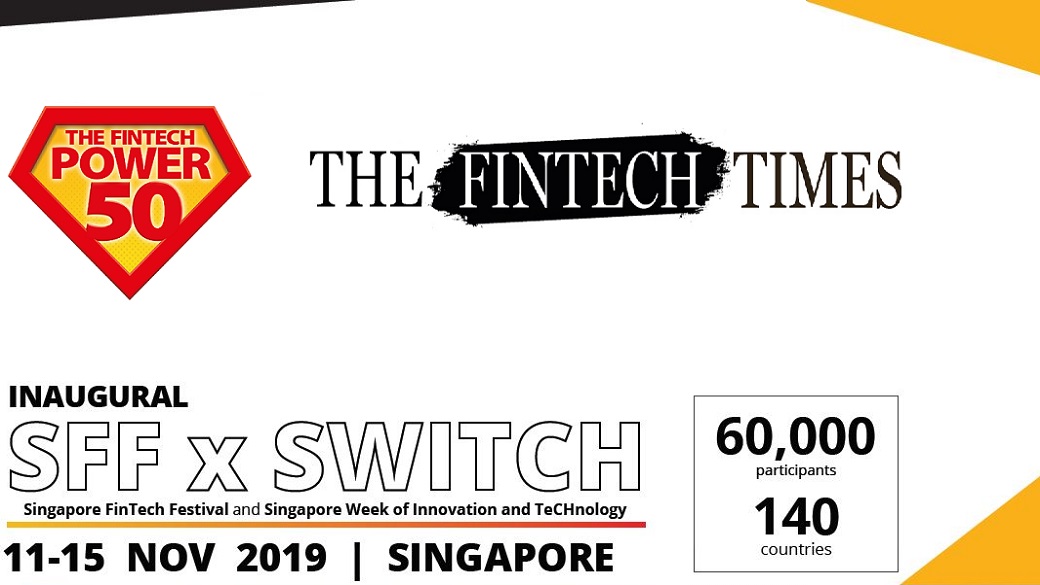The financial environment is changing significantly in Europe and beyond, putting pressure on the lending market. Current conditions raise demand for instant credit products which forces lenders to go digital. Lenders are faced with a serious challenge to ensure business continuity.
They need to create a mechanism that allows the assessment of borrowers without the need for their physical presence. How can lenders accelerate and improve the existing processes by digitalisation? How can lenders keep a stable level of new customer acquisition and ensure a good assessment level of borrowers in these uncertain times?
Open banking presents lenders with a unique opportunity to improve their businesses by designing a quick, reliable credit assessment based on instant information about the client, enriched with insights, and as a result providing a credit decision in no time. We’ve prepared the top 3 reasons why lenders should use open banking today.
1. Mitigate the risks associated with outdated information
Some credit bureaus and credit reference agenciesagreed to freeze the credit scores of potential borrowers. In these circumstances, the lender needs an instant way of getting the information about the lender and his current financial state.
- Instant access to up-to-date financial information
People’s financial circumstances could change drastically in a few days, yet traditional credit bureau data usually incorporates financial records only from months, if not years back. Using open banking, a lender can get instant bank account statements from borrower’s accounts in any financial institution across the EU in seconds. The connection is done automatically and as a result, the lender gets a trustful source of up-to-date information without any option for the borrower to manipulate with the records. - Verified source of income (basic salary, freelance, expat, etc.)
Based on open banking bank statements, Salt Edge provides a detailed analysis on the borrowers sources of income, including any self-employed activity or income originated from other countries. They instantly receive the borrower’s transactions sorted into categories, thus are able to recognise spending patterns, and identify income, investments or other loans. - Determine borrower’s lending limits
Getting a historical track record of borrower’s financial statements allows to better understand the day-by-day spending patterns of the applicant, his current liabilities and determine what is the amount the person can return without negative effect on personal budget. This enables the lender to provide a more accurate proposal for the borrower with a higher precision score.
2. Create a fully digital lending cycle
With the existing technologies and the new PSD2 regulation in the EU, any lender can now streamlight the lending process by instantly getting access to loan applicants’ financial data with their consent, analyze it in real-time and provide an instant credit decision. Instead of taking borrowers through time-consuming procedures – asking them to come to a specific office, provide their bank statements, proof of ID, proof of their salary and employer, lenders can now have an overview of the financial situation in minutes, from distance. Digitalisation comes with optimisation of many operational processes and as a result leads to faster and fairer offerings.
How does this work?
Let’s see a typical use case where all the lending process is online:
- Customer fills in a loan application and gives consent for connection to his bank accounts
- Salt Edge connects to bank accounts using open banking channels and retrieves financial data
- Retrieved bank data gets cleaned up and enriched by adding merchant information, categorizing transactions and by other value-added services
- Lender receives the applicant’s enriched financial data in PDF, CSV format or via API to further analyze the information
- Lender takes a credit decision and presents it to the borrower

What about customers’ trust? Will they actually connect their bank account?
Solving the real customer pain when needed and being able to provide instant loan decisions is king here. Current stats show that 71% of customers are happy to connect their bank account if it speeds up the decision-making process. Displaying security screens to customers before requesting to connect a bank account helps as well. It increases the bank connection ratio by 7%-20% depending on the country and implementation.

3. Stay up-to-date with the borrower’s financial health all the time
Using open banking channels, the lender has a unique opportunity to keep track of the borrower’s financial life even after the loan has been granted. Lenders can see what is happening with his finances in nearly real time, for the next 90 days or longer, with the borrower’s consent. This enables to create unique offerings relevant for the borrower and boost his loyalty to a totally new level. Our clients’ end-users are twice more likely to take a loan from the same lender after open banking functionality was added to their digital process.
Furthermore, lenders who offer their services via apps, can enrich the user-experience by adding new multi-banking and money management tools. This results in increased customer engagement and also allows the lender to be part of their daily life. We observe this approach gaining interest on the market now, while even credit bureaus acquire white label money management apps.

How can I start using open banking today?
Salt Edge Partner Programenables lending companies to get instant access to open banking and go live in just 15 minutes! Salt Edge takes care of all the regulatory requirements (PSD2, GDPR), including eIDAS certificates, end-user consent management, registration, onboarding and connection maintenance with over 2000 banksacross the EU. Borrowers can connect their banks from any EU country, including neobanks (N26, Revolut, Monzo, etc.) and e-wallets (PayPal, TransferWise, Crypto, etc).

Would you like to learn more?
Salt Edge is hosting a free webinar on April 29, which is designed for lenders interested in open banking. Sign upto discover the fastest way to go digital. Get the presentationwith use cases and all product features.
Latest Articles

International Women’s Day 2021
International Women's Day 2021 To celebrate International Women's Day 2021, Barclays would like to invite you to join a series of panel discussions to be held virtually on: Monday, 8 March - 8:30am - 9:30 am EST / 1:30pm - 2:30pm GMT Thursday, 11 March - 4:00pm -...

Fintech investment builds on momentum and is set for record year
Fintech is continuing to enjoy popularity with investors who see it as a sector with excellent prospects for sustainable growth. The sector’s rise last year against a backdrop of great uncertainty has continued in 2021, with strong investment volumes gaining momentum....

Singapore Fintech Festival 2019
Singapore FinTech Festival 2019 summary of activities from the Fintech Power 50: Singapore FinTech Festival 2019 has proved another resounding success. Inaugural SFF x SWITCH sees over 60,000 participants from 140 countries; event to return on 9-13 November 2020....





